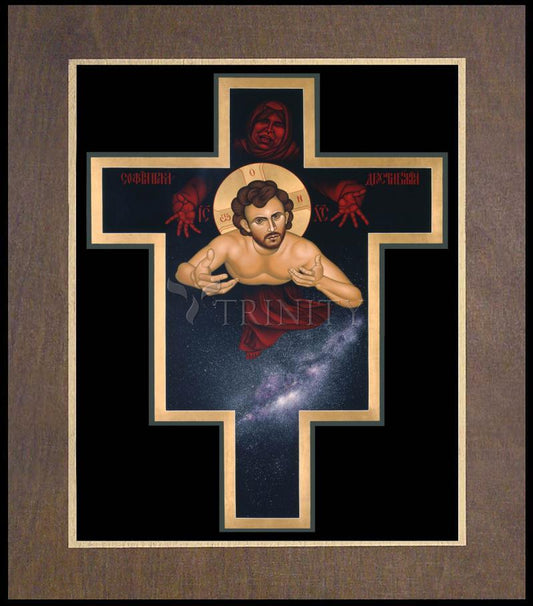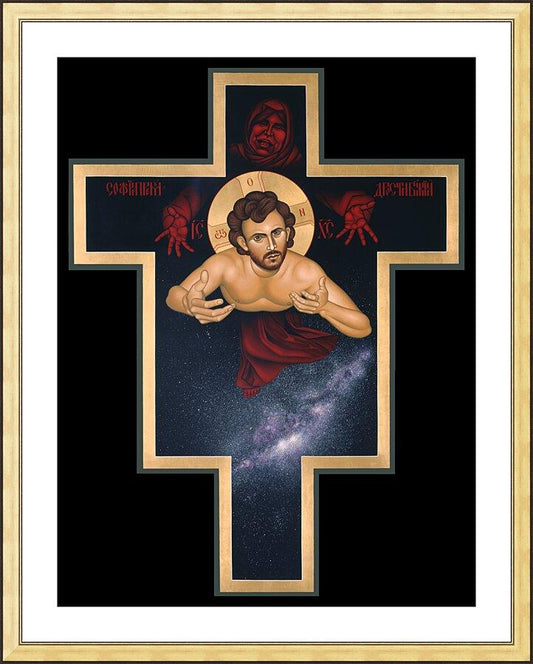Create we must. It is our very nature to create. We cannot make ourselves not create. However, it is also our privilege and responsibility to have a measure of control as to the quality of the fruits we bare. In other words, we must exercise our capacity to create consciously. The ten principles listed below are guidelines for conscious creation.
1. Speak the word
2. Make a joyful noise
3. Rhythm and music
4. When two or more are gathered"
5. Your biggest weakness shall become your greatest strength
6. Thankfulness
7. Bless it as it is
8. Pray for others and you will be healed
9. Creation is a dance of opposites
10. Forgiveness
Speak the word
Our thoughts and beliefs are the templates that shape our physical reality. Our words are the carriers of our thoughts and beliefs. One important way of practicing conscious creation is to speak words that
1. are honest
2. reflect our true intent.
Make a joyful noise
We usually wait for something good to happen and then we clap our hands and cheer. One way to create consciously is to reverse that order. In other words, if we clap our hands and cheer, something good is likely to happen.
Rhythm and Music
We are more likely to accept an idea if it is expressed with rhythm and music. Ideas expressed in plane prose, are evaluated by the intellect. Ideas expressed with rhythm and music affects us emotionally and therefore reach more deeply into the subconscious mind.
Where two or more are gathered"
When we come together as a group with a common intent, we invoke the quality of synergy. Synergy simply means that the whole is greater than the sum of its parts. When two or more are gathered we amplify and multiply the creative power of individual mind. This is one of the main reasons for having a church service, a prayer meeting and a group meditation.
Your biggest weakness shall become your greatest strength.
This ancient principle, found in the bible and other scriptures, is an important key for realizing our human potential. This principle tells us we don't create good stuff by trying to get rid of the bad stuff. The bad stuff is the very substances from which we create the good stuff. Our "lead" becomes our "gold."
Thankfulness
Thankfulness is one way of applying the previous principle. When we give thanks for what we have, the bad stuff tends to become good stuff. The bible says, "He who is thankful in all things shall be made glorious and the good things of the earth shall be added on one hundred fold"and more."
Bless it as it is
If thankfulness is too difficult or not appropriate in a given situation, we can simply bless the situation as it is. We don't have to like it, but we can still bless it. There are two ways of doing this. We can simply say something like, "I Bless ____ and encompass it in love." Another way of blessing something is to just tell the truth about it" call it as you see it. These two methods work together very nicely. When we allow ourselves to speak the uncensored truth, we set the stage for being able to honestly say, "I bless it."
Pray for others and you will be healed
Sometimes praying and visualizing for oneself doesn't work, but praying for others does work. And then, the blessings come full circle back to you. Therefore, when you're feeling sorry for yourself and don't know what else to do, you can spend a few minutes silently blessing those who seem to be having the same problem or a more serious problem.
Creation is dance of opposites
The life within us is dance of opposites. When opposites are balanced and integrated, life renews itself. In practical terms, this translates into physical health, mental clarity and emotional serenity.
In order to create anything, we must have an understanding of its opposite. If we endeavor to create something in a way that rejects or denies its opposite, we end up creating the very thing we reject. This is why affirmations sometimes seem to backfire.
Life becomes more harmonious as we cultivate the understanding that all pairs of opposites are partners in the dance of creation.
Forgiveness
Forgiveness is often difficult because we inadvertently place it at war with its opposite. The opposite of forgiveness is revenge. When we stop trying to push away the desire and revenge and endeavor to understand it, we invite forgiveness. When we look deeply into the desire for revenge, we see that it stems form the soul-level desire for equality. That's why revenge is called "getting even." When we have looked deeply enough into the desire for revenge to see the primordial desire for equality, we can also understand forgiveness. Forgiveness is the is the remembrance of equality.
"Excerpts from The Keys of Creation by Rudy Scarfalloto




















